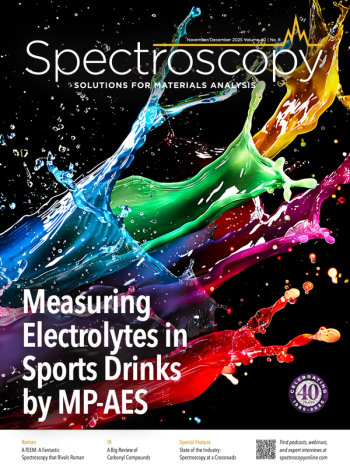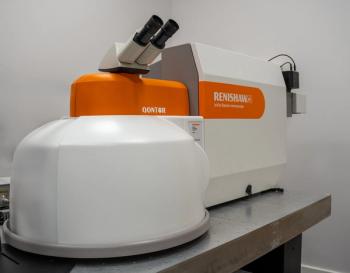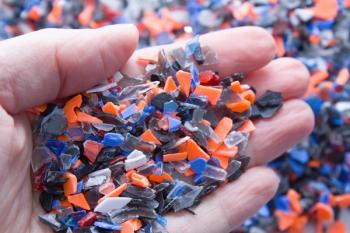
Historical Advancements in Graphene Defect Metrology via Raman Spectroscopy
A recent study from Carbon highlights the application of Raman spectroscopy in investigating disorder levels in graphite materials.
Raman spectroscopy has been used in the past to analyze defects in graphene and will continue to be used for this purpose into the future, according to a recent review article. This historical examination of defect metrology in graphene was published in the journal Carbon (1).
Graphene is an allotrope of carbon, known for being tough, light, flexible, and highly resistant (2). It is extracted from graphite and comprised of pure carbon (2). It is commonly found in several objects, such as the lead in a pencil including lead pencils (2).
In their review article, Luiz G. Cançado from the Universidade Federal de Minas Gerais in Brazil, and others document the history of scientists using Raman spectroscopy in defect metrology in graphene (1). The review article begins with the introduction of Raman scattering in investigating disorder levels of graphite materials in the 1970s. Since that time, the field has seen substantial advancements, particularly following the groundbreaking isolation of graphene in 2006 (1).
Read More:
One of the significant advancements in studying graphene materials highlighted in the paper is the role of tip-enhanced Raman spectroscopy (TERS). TERS is a spectroscopic technique has allowed scientists to combine the spatial resolution of scanning probe microscopy with the chemical sensitivity of Raman spectroscopy. This combination has allowed researchers to obtain spectroscopic measurements at the nanoscale (1). This capability is particularly valuable for investigating defects in graphene and other two-dimensional (2D) materials (1).
The researchers also discussed in their paper how Raman spectroscopy is being used to study single-layer graphene and few-layer graphene. For single-layer graphene, quantifying defects using micro-Raman spectroscopy is a well-established process (1). However, when dealing with few-layer graphene, the process is different, particularly the sample preparation procedure. As a result, it requires different approaches for accurate measurement (1).
These protocols are essential for ensuring consistency and accuracy in measurements, which are crucial for both scientific research and practical applications. The paper emphasizes the importance of standardizing these protocols to facilitate the comparison of results across different studies and laboratories (1).
Read More:
The study also explores the future prospects for the utilization of Raman spectroscopy and TERS in the metrology of defects in graphene. The authors suggest that these techniques will continue to play a vital role in enhancing our understanding of defects in graphene and other 2D systems (1). They envision further advancements that will improve the accuracy and resolution of defect measurements, contributing to the development of high-performance graphene-based materials and devices (1).
As a result, the study underscores the significant progress made in this field over the past five decades and highlights the potential for future advancements. As researchers continue to refine and develop new techniques, Raman spectroscopy and TERS are poised to remain at the forefront of graphene research, driving innovations in both the science and applications of this remarkable material (1). By providing a thorough historical perspective and outlining several practical protocols being used, this work serves as a valuable resource for researchers and industry professionals alike, paving the way for continued advancements in the understanding and utilization of graphene and other 2D materials.
References
(1) Cançado, L. G.; Monken, V. P.; Campos, J. L. E.; et al. Science and Metrology of defects in Graphene Using Raman Spectroscopy. Carbon 2024, 220, 118801. DOI:
(2) Repsol, What is Graphene? Repsol.com. Available at:
Newsletter
Get essential updates on the latest spectroscopy technologies, regulatory standards, and best practices—subscribe today to Spectroscopy.



